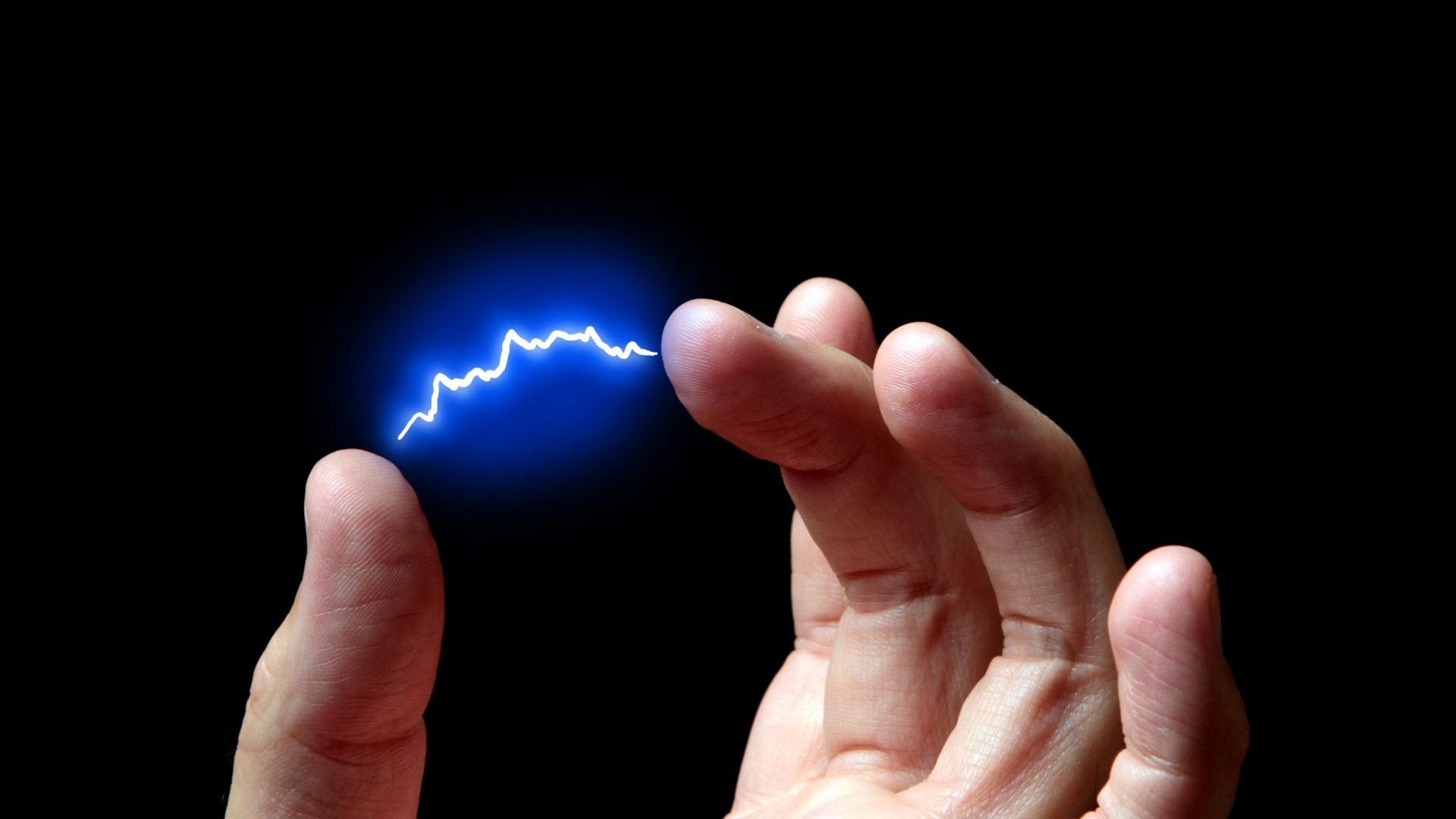Certain types of facilities, especially those dealing with sensitive electronic devices, require flooring which controls electrostatic discharge. A specific kind of floor suitable for ESD helps protect equipment and areas from damage caused by static electricity. But how does ESD flooring work to do this?
What is ESD?
Electrostatic Discharge
Controlling electrostatic discharge begins with understanding how an electrostatic charge occurs in the first place.
- "Tribo electric charging" comes from the Greek word tribeia which means "to rub".
- An electrical charging process begins with a charge generated by the contact and separation of two surfaces.
- These surfaces can be solids, liquids or particles, such as gasses, dust or powder.
What are the Risks?
If ESD protection and control is not taken into consideration:
- Fire and explosions can happen in places where there are explosive atmospheres and substances (gas, vapor, spray, liquids, dust, explosives, fireworks)
- Devices could be damaged or completely destroyed in places where there are electrostatic sensitive devices
It is this potentially unseen, unfelt or unheard ‘micro lightning’ spark that can occur without warning, which must be prevented or controlled.
How does an ESD Floor Work?
A person walks over a normal floor. The negative charge is stored by the person.
The consequence: the person is charged with a surplus of electrons.
As the person walks or moves, a separation of positive and negative charge occurs.
Now, when the person comes in contact with an object that has fewer electrons, the electrons jump across to balance out the difference.
Static electroshock occurs.
This spark may damage microelectronic parts or even trigger an explosion.
The electrostatic charge which occurs during materials' contact and separation must be discharged via an earthing point in the floor - this is where ESD flooring comes into play.
ESD flooring works with earthing or grounding points to disperse static electricity effectively.
It reduces the chance of someone creating a static discharge through physical contact.
Eliminate Risks by "Grounding" an Electrical Charge
Conductivity refers to the ability of a material to conduct an electrical charge to earth or ‘ground’. In non-technical terms, this can be described as the ability of a material to carry or ‘conduct’ an electrical current. The electrical conductivity or the specific conductance of a flooring system is therefore also a measure of the material’s ability to conduct an electric current.
An electric current is a quantitative measure of the amount of charged particles passing through a medium. In order for an electric current to be created, there needs to be an electrical potential difference between two points in a conductive medium with an energy source to drive the charge.
The electrical resistance of a material is a measure of its resistance to the flow of an electric current. An ohmmeter is a device that is used to measure this conductivity or electrical resistance. The conductivity or electrical resistance of a flooring system is therefore also measured with an ohmmeter.
The ohmmeter measures the amount of electrical friction generated as the charged particles pass through an electrical conductor, e.g. Sikafloor®-2350 ESD. This measured value is then expressed in units of “ohm”, which are governed by “Ohm’s Law”. This states that “the current passing through an electrical circuit is directly proportional to the amount of voltage used to create the flow and is inversely proportional to the resistance when the temperature is constant”. It can be written in three ways: V = I × R, or I=V/R, or R=V/I Where: V = voltage in volts (V), I = current in amps (A), R = resistance in ohms (Ω) Or alternatively it can be used where: V = voltage in volts (V), I = current in milliamps (mA), R = resistance in kilohms (kΩ).
For most electronic circuits, the amp is too large and the ohm is too small. Therefore, it is usual to measure the current in milliamps (mA) and therefore obtain the resistance in kilohms (kΩ). 1 mA = 0.001 A and 1 kΩ = 1000 Ω. These Ohm’s Law equations work if you use V, A and Ω and also if you use V, mA and kΩ, but you cannot mix these sets of units in the same equations.
"The current passing through an electrical circuit is directly proportional to the amount of voltage used to create the flow and is inversely proportional to the resistance when the temperature is constant." Ohm’s Law
Materials for Electrostatic Protected Areas
Find ESD Flooring Products
Unsure whether your project needs an ESD floor, or how to choose an ESD floor for it? Wondering about local standards applicable to your project's region? Keen to know about Sika's range of ESD products and systems available and latest developments?
Get more information by visiting our page about ESD floor selection and Sika products.
Author
Oguz Sarioglu
Corporate Product Engineer
TM Flooring
Sika Services AG

